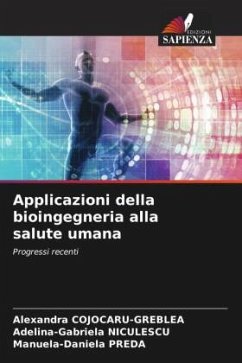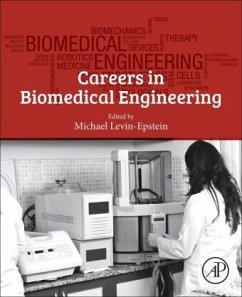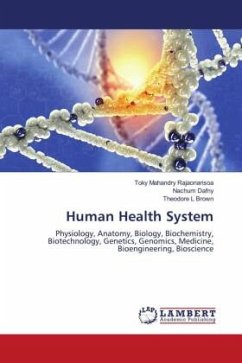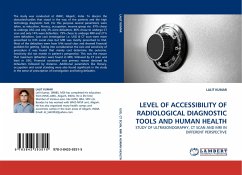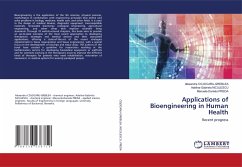
Applications of Bioengineering in Human Health
Recent progress
Versandkostenfrei!
Versandfertig in 6-10 Tagen
40,99 €
inkl. MwSt.

PAYBACK Punkte
20 °P sammeln!
Bioengineering is the application of the life sciences, physical sciences, mathematics in combination with engineering principles that define and solve problems in biology, medicine, health care, and other fields. It is used in the design of medical devices, diagnostic equipment, biocompatible materials, renewable bioenergy, ecological engineering, agricultural engineering, and other areas that improve societies' living standards. Through 10 well-structured chapters, this book aims to provide an up-to-date overview of the most recent approaches to developing therapeutic strategies and medical ...
Bioengineering is the application of the life sciences, physical sciences, mathematics in combination with engineering principles that define and solve problems in biology, medicine, health care, and other fields. It is used in the design of medical devices, diagnostic equipment, biocompatible materials, renewable bioenergy, ecological engineering, agricultural engineering, and other areas that improve societies' living standards. Through 10 well-structured chapters, this book aims to provide an up-to-date overview of the most recent approaches to developing therapeutic strategies and medical devices and their associated applications, offering a state-of-the-art of the recent strategies implemented in tissue regeneration and tissue engineering, with a special focus on the development of biochips and tissue chips. The authors of the book have created a guideline for researchers working in the biofabrication sectors for developing biomedical equipment or scaffolds and for scientists working in the therapeutic areas to improve the different kinds of therapies for patients who need rehabilitation, restoration of movement, or assistive systems for severely paralyzed people.




